Expressionists: a 'rousing' exhibition at the Tate Modern
Show mixes 'ferociously glowing masterpieces' from Kandinsky with less well-known artwork
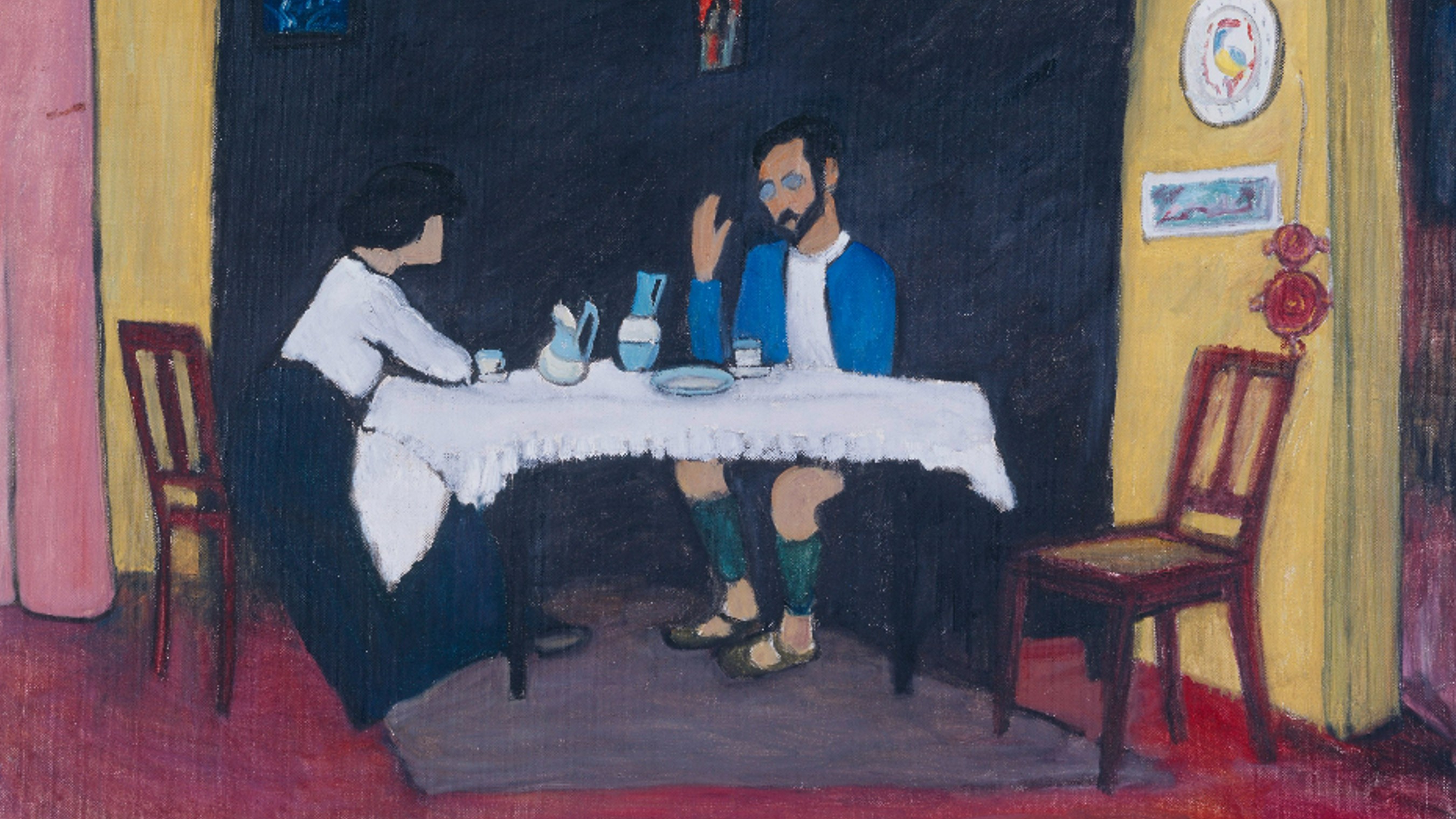
Between 1911 and 1914, an international collective of painters calling themselves Der Blaue Reiter ("The Blue Rider") instigated "a revolution in modern art", said Daria Hufnagel in The Independent.
Although based in Munich, the movement's leading lights hailed from all around Europe and shared a belief that art could be used to express "personal experiences and spiritual ideas": they used colour and compositional structure not to record objective reality, but to evoke mood and feeling. The group numbered several artists – including the Russian Wassily Kandinsky, the German Franz Marc and the Swiss Paul Klee – who would be remembered as icons of modernism, plus many others who have since been "overlooked".
Though they exhibited together just twice, their efforts paved the way towards abstraction and made an immense impact on the history of art. This new exhibition at Tate Modern charts the collective's "remarkable" story, tracing its emergence, evolution and "lasting influence".
The Week
Escape your echo chamber. Get the facts behind the news, plus analysis from multiple perspectives.

Sign up for The Week's Free Newsletters
From our morning news briefing to a weekly Good News Newsletter, get the best of The Week delivered directly to your inbox.
From our morning news briefing to a weekly Good News Newsletter, get the best of The Week delivered directly to your inbox.
Mixing masterpieces by the more famous expressionists with canvases by its less-remembered talents, it invites us to rediscover a "transnational" group whose work "remains compelling and relevant to this day".
The show contains plenty of "ferociously glowing masterpieces", said Alastair Sooke in The Daily Telegraph. Many of these come courtesy of Kandinsky, whose "incandescent" paintings are the clear highlight. The "turbulent, almost overwhelming" early abstract works he realised from 1912 "inundate the viewer with squirming, extra-terrestrial or microbial forms and fireballs".
But his earlier, figurative work is captivating, too: a 1910 depiction of a cow, for instance, transforms its "boring, bovine" subject "into a mystical creature covered with yolky blotches". Almost as good is another cow painting, by Franz Marc, of a "multicoloured, coruscating herd". Sadly, however, the curators seem determined not to dwell on individual genius. Landmark canvases are relegated to side walls, and there are far too many that "I doubt anyone would miss", by the likes of Albert Bloch.
The show strikes a rather "pious" tone, said Laura Cumming in The Observer. But it's good that some less well-known expressionists are finally being given their due in this country. A case in point is Gabriele Münter, Kandinsky's pupil and, later, his lover. Her "mirthfully original" portrait of fellow artist Alexej Jawlensky imagines him as a "pink-faced" ellipse with "startled blue dots" for eyes; another likeness of Kandinsky himself sees the painter "holding forth" at a dinner table.
A free daily email with the biggest news stories of the day – and the best features from TheWeek.com
A wilder talent still is Marianne Werefkin, whose Alpine scene "The Red Tree" (1910) shivers with an "alien intensity", and who paints herself with "eyes the lurid scarlet of some sci-fi monster". This is a "rousing" exhibition of a seminal group of modern artists.
Tate Modern, London SE1 (020 7887 8888, tate.org.uk). Until 20 October
-
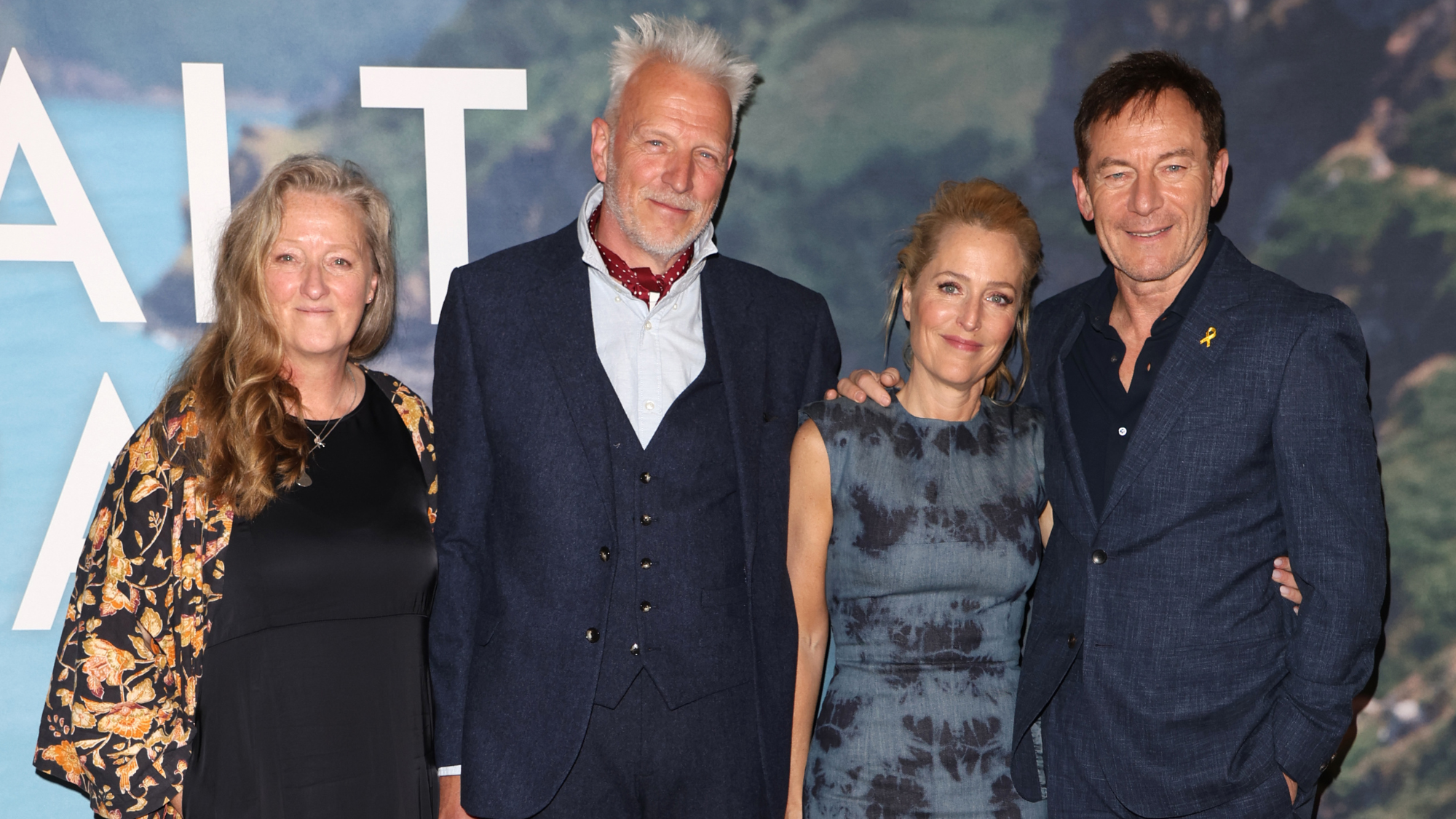 The Salt Path Scandal: an ‘excellent’ documentary
The Salt Path Scandal: an ‘excellent’ documentaryThe Week Recommends Sky film dives back into the literary controversy and reveals a ‘wealth of new details’
-
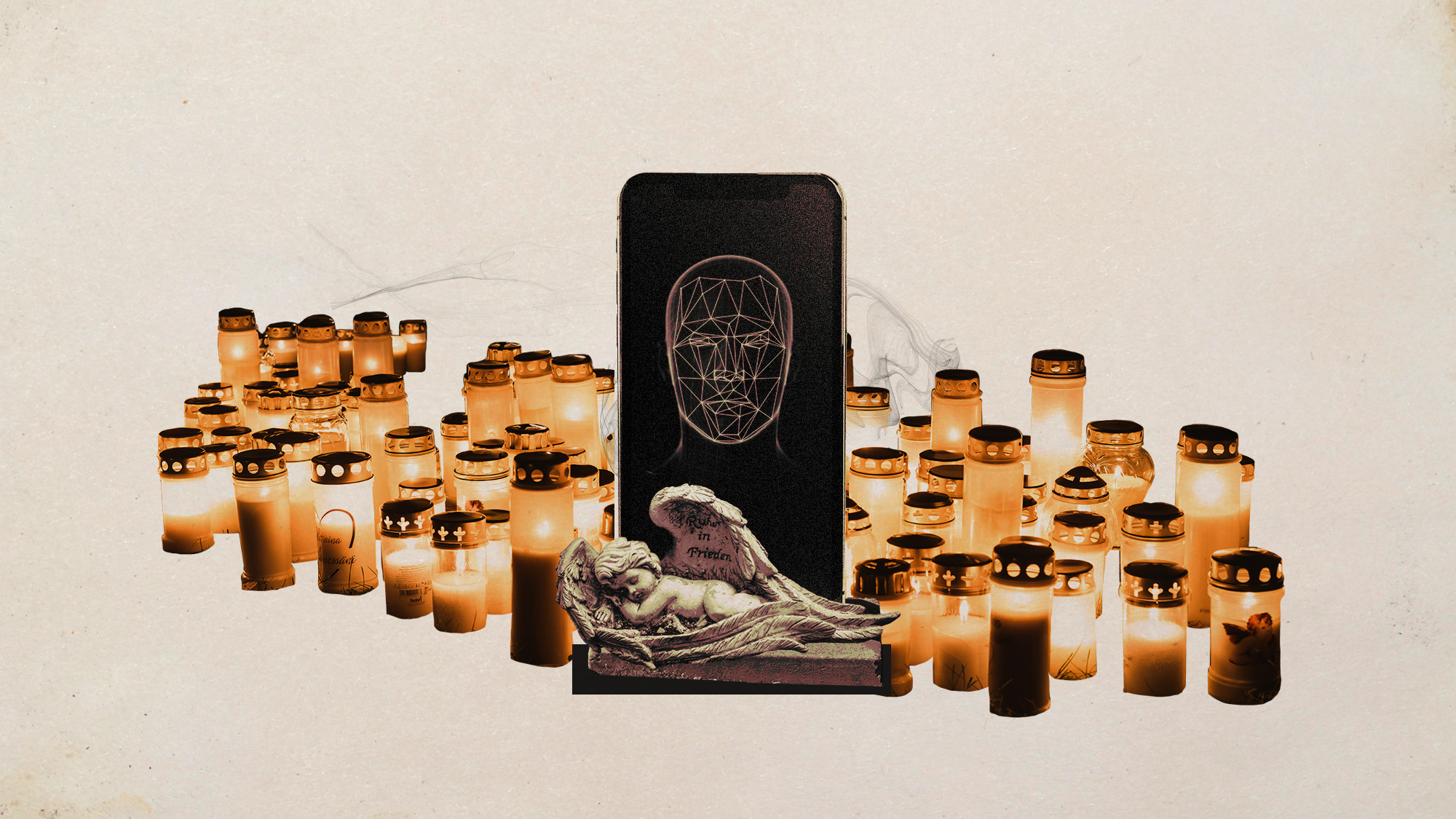 AI griefbots create a computerized afterlife
AI griefbots create a computerized afterlifeUnder the Radar Some say the machines help people mourn; others are skeptical
-
 Sudoku hard: December 17, 2025
Sudoku hard: December 17, 2025The daily hard sudoku puzzle from The Week
-
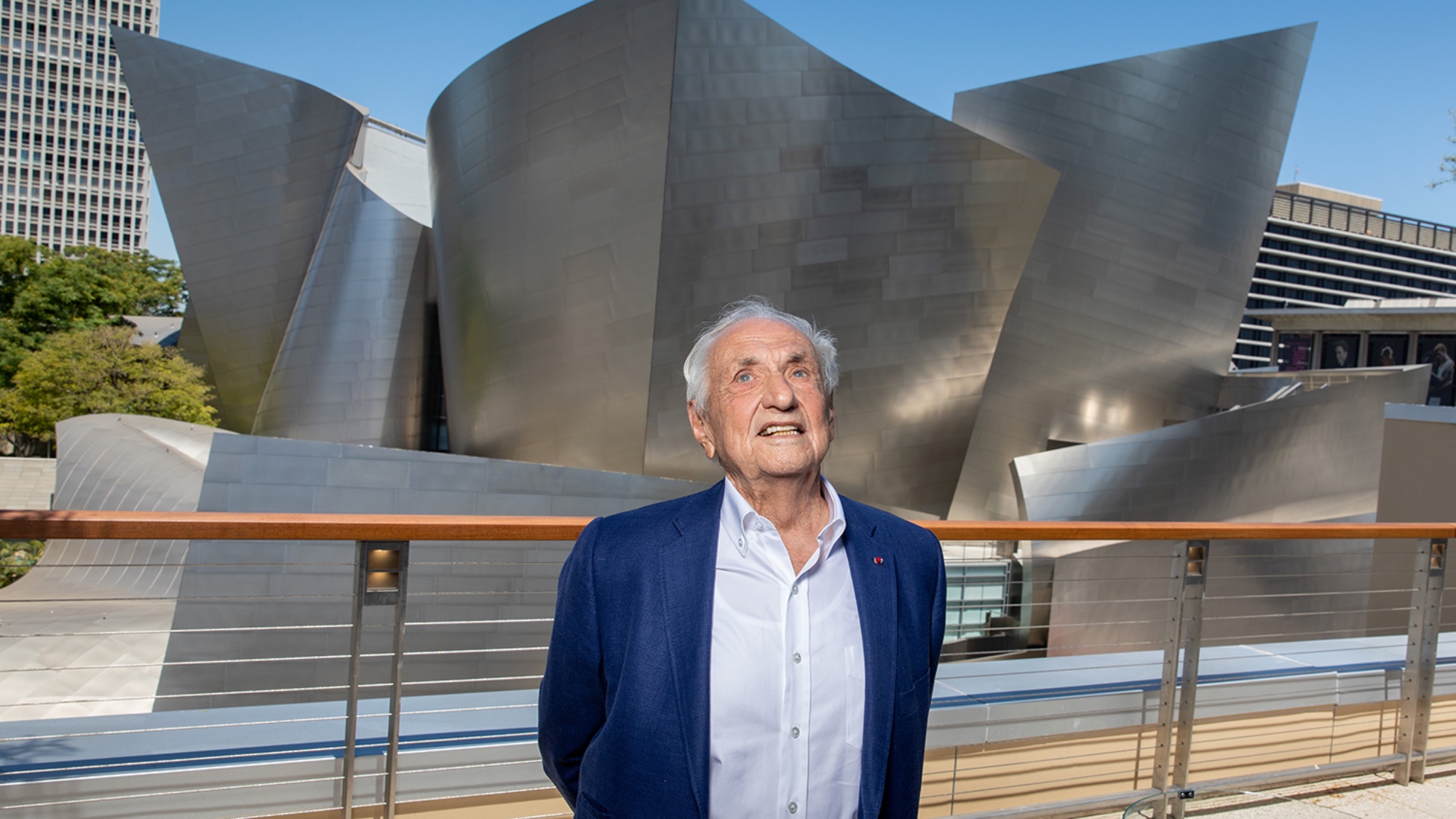 Frank Gehry: the architect who made buildings flow like water
Frank Gehry: the architect who made buildings flow like waterFeature The revered building master died at the age of 96
-
 The 8 best comedy series of 2025
The 8 best comedy series of 2025the week recommends From quarterlife crises to Hollywood satires, these were the funniest shows of 2025
-
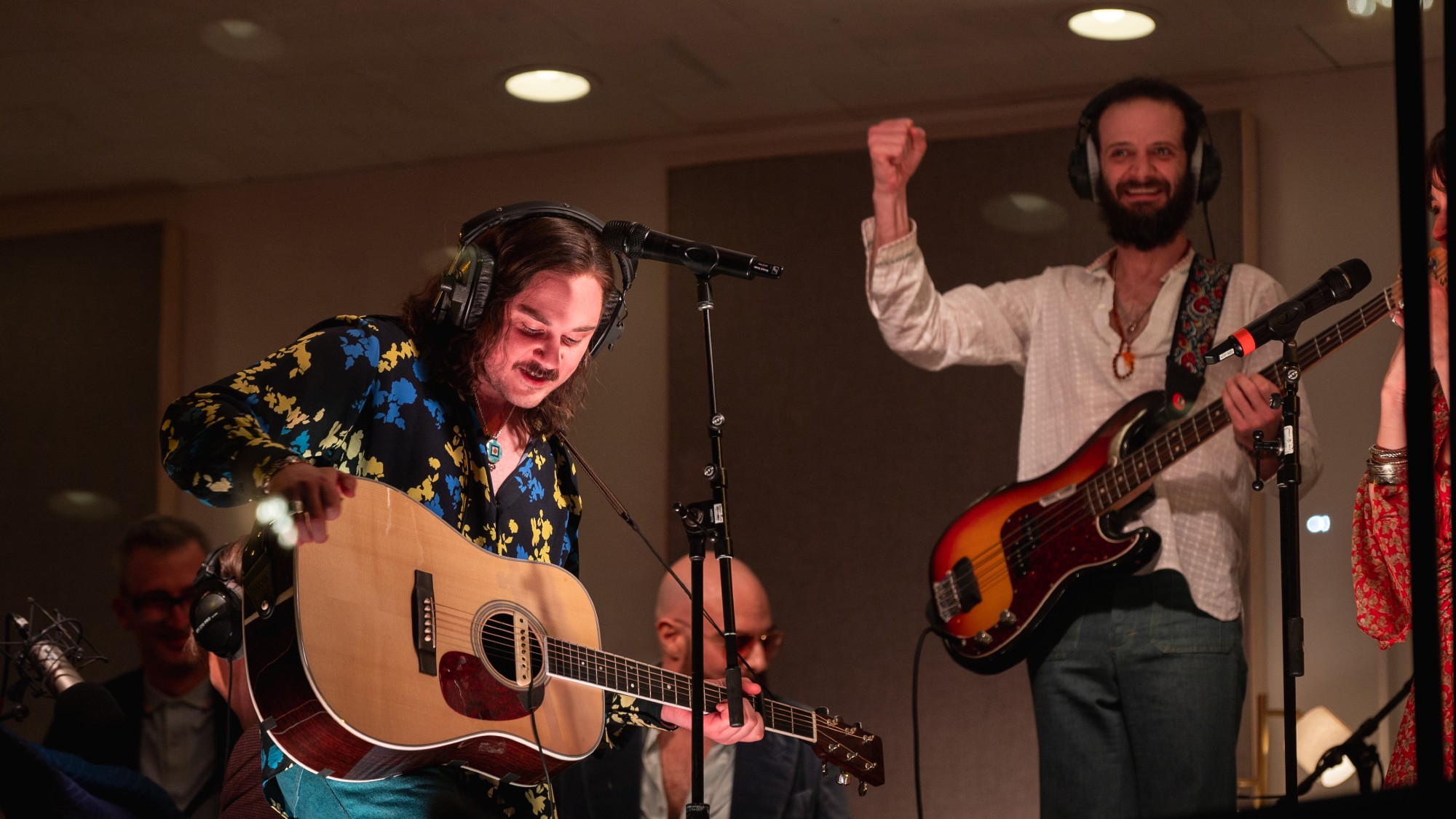 8 touring theater productions to see this winter, all across the United States
8 touring theater productions to see this winter, all across the United Statesthe week recommends New shows and reconsidered productions are on the move
-
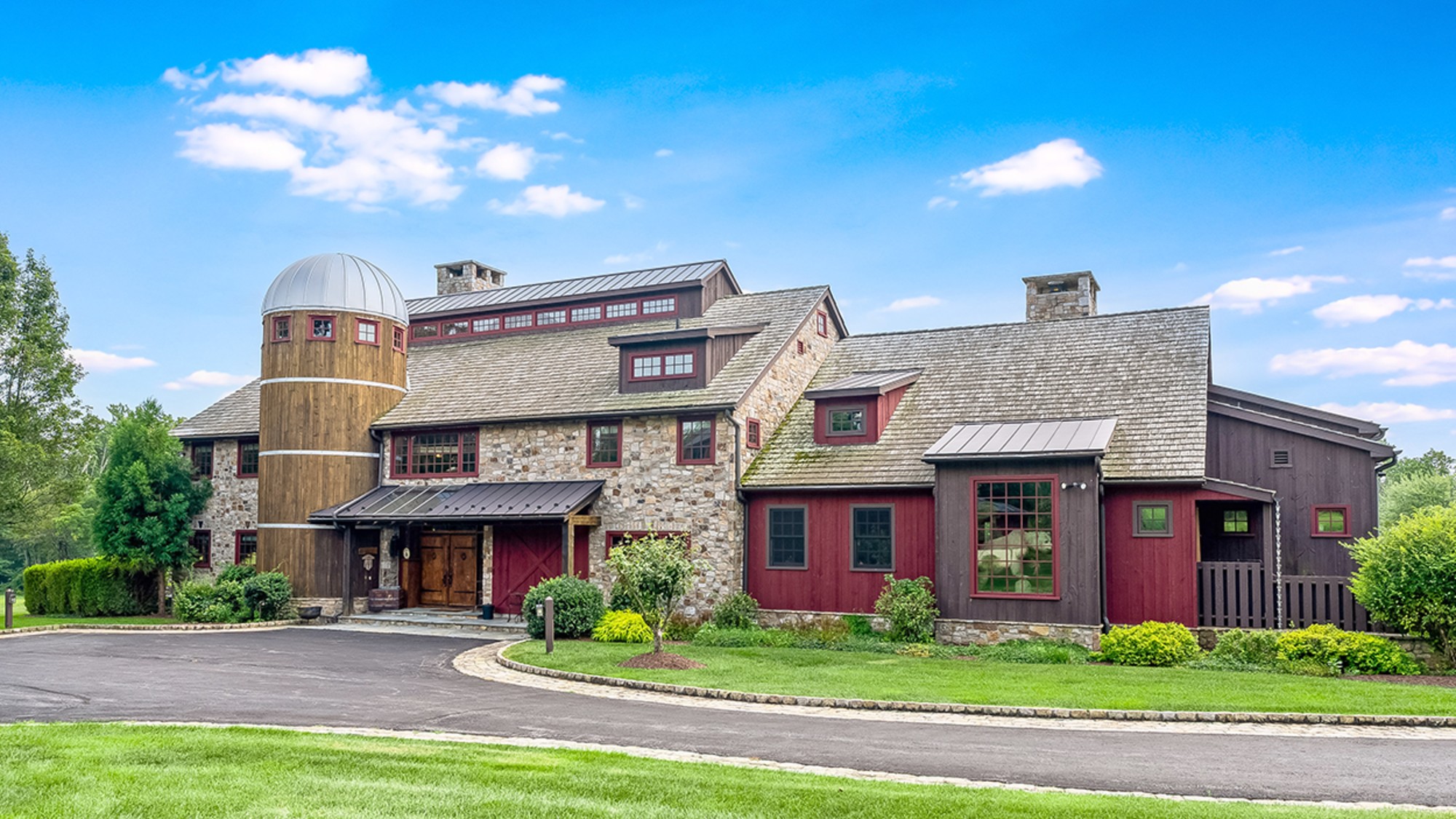 6 lovely barn homes
6 lovely barn homesFeature Featuring a New Jersey homestead on 63 acres and California property with a silo watchtower
-
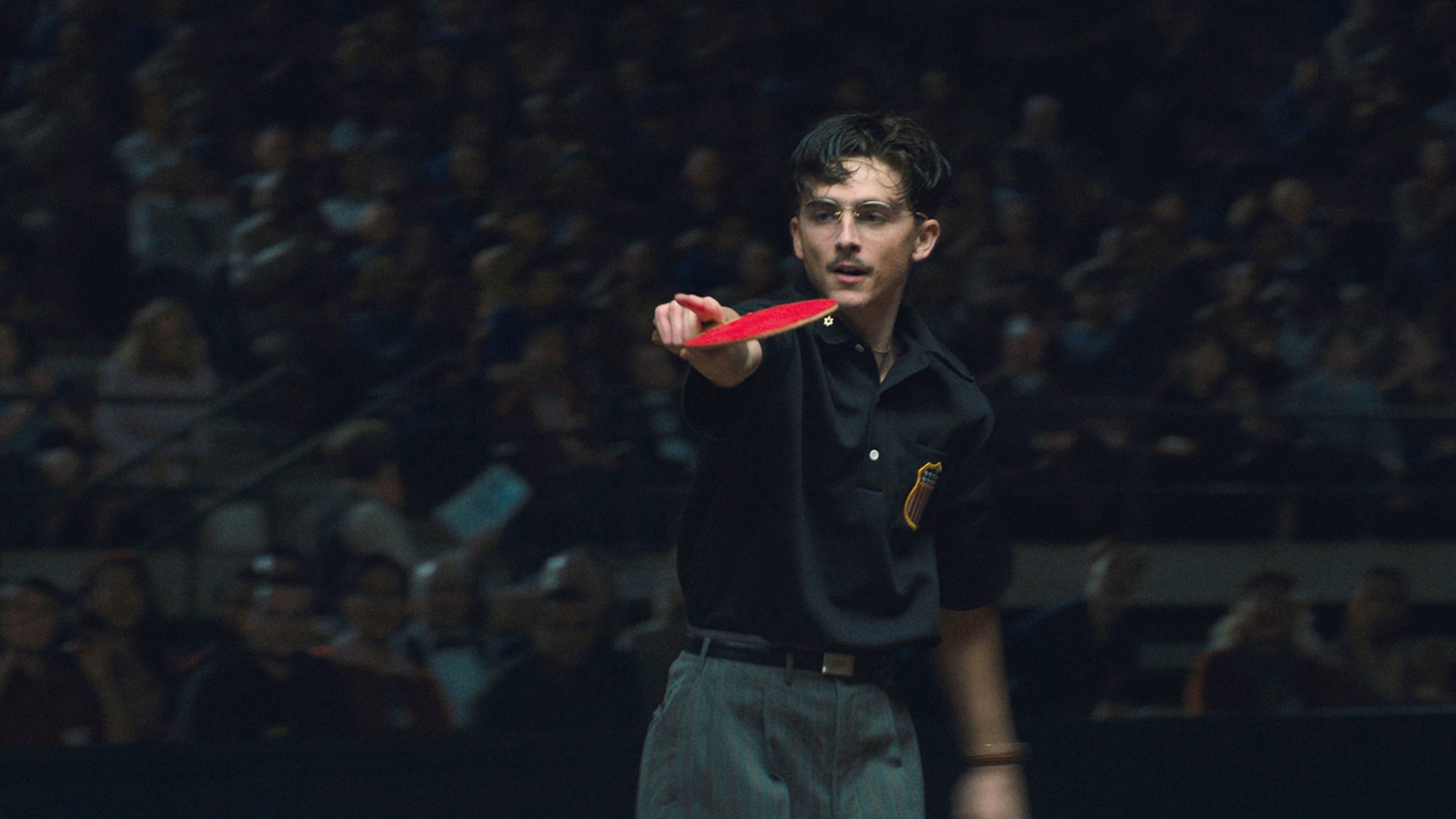 Film reviews: ‘Marty Supreme’ and ‘Is This Thing On?’
Film reviews: ‘Marty Supreme’ and ‘Is This Thing On?’Feature A born grifter chases his table tennis dreams and a dad turns to stand-up to fight off heartbreak
-
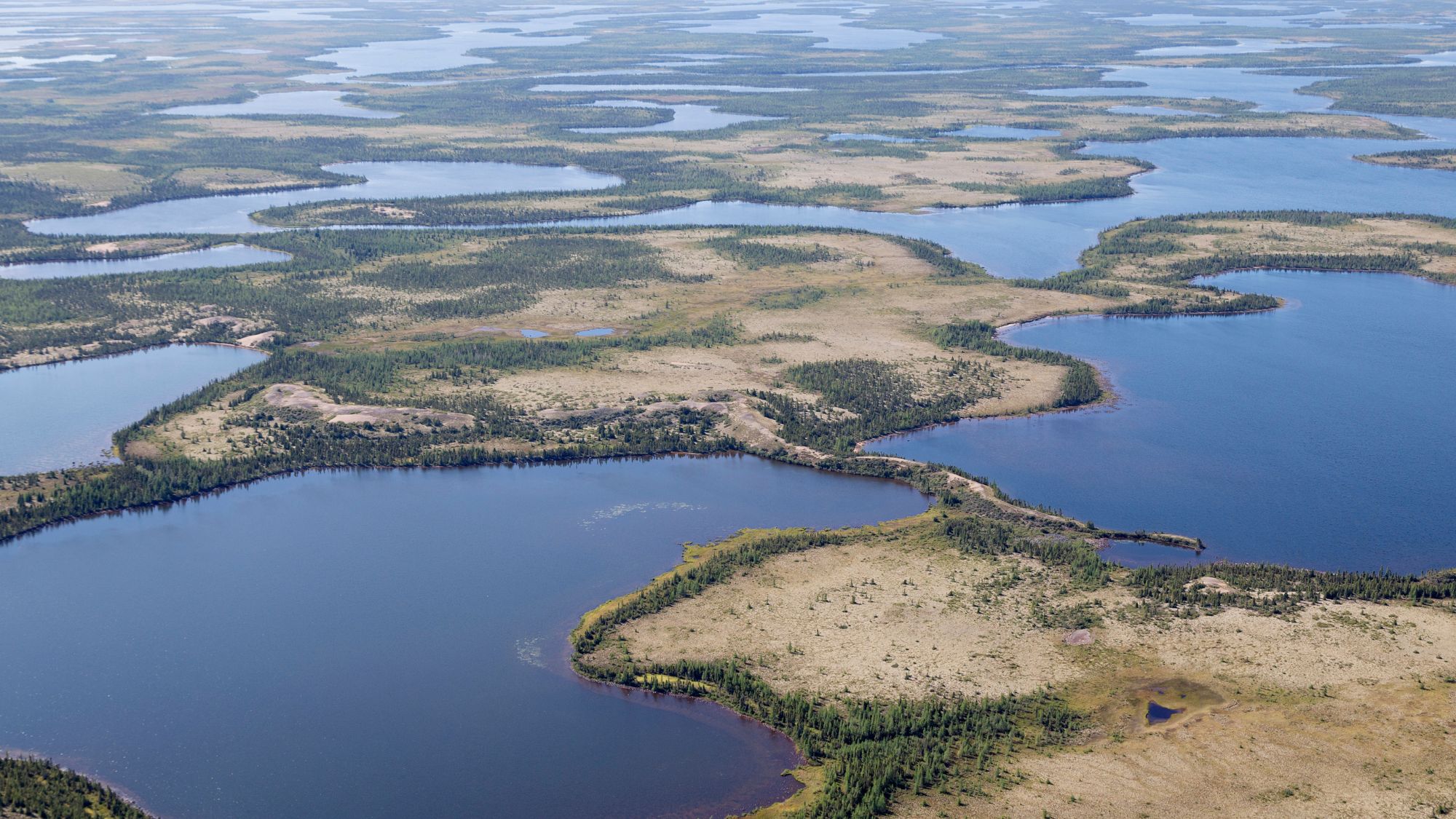 Heavenly spectacle in the wilds of Canada
Heavenly spectacle in the wilds of CanadaThe Week Recommends ‘Mind-bending’ outpost for spotting animals – and the northern lights
-
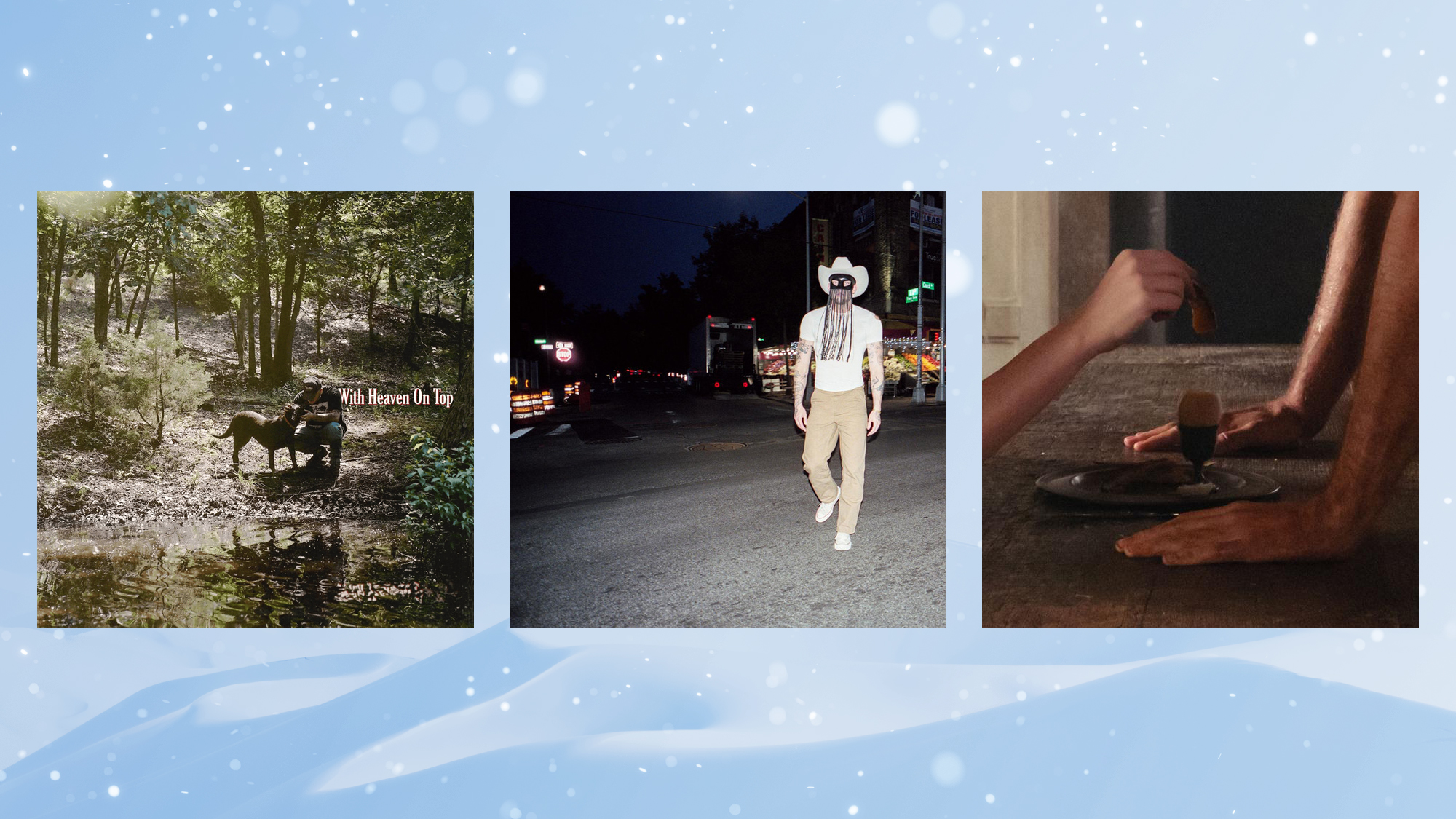 10 upcoming albums to stream during the winter chill
10 upcoming albums to stream during the winter chillThe Week Recommends As the calendar turns to 2026, check out some new music from your favorite artists
-
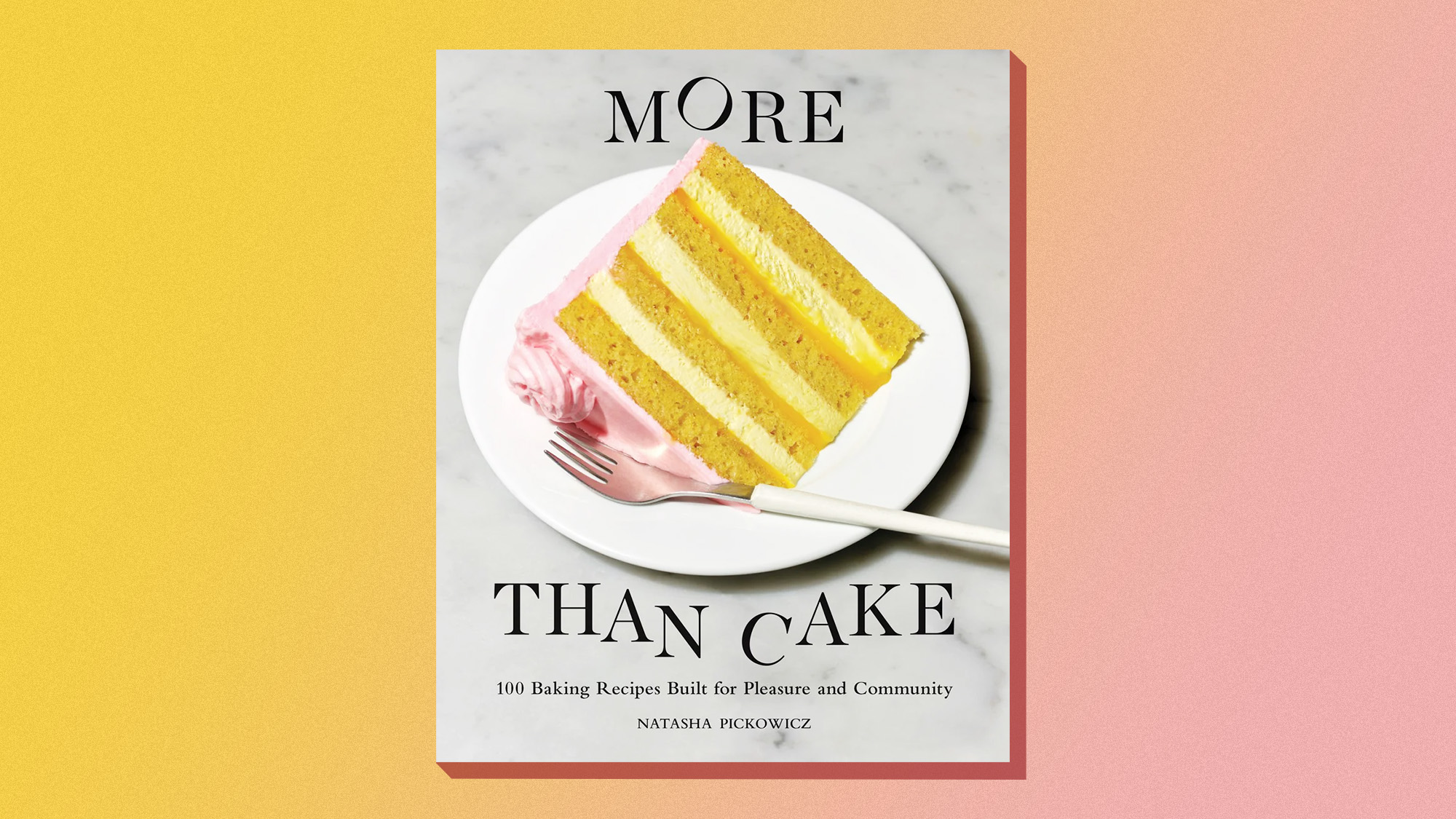 One great cookbook: Natasha Pickowicz’s ‘More Than Cake’
One great cookbook: Natasha Pickowicz’s ‘More Than Cake’the week recommends The power of pastry brought to inspired life